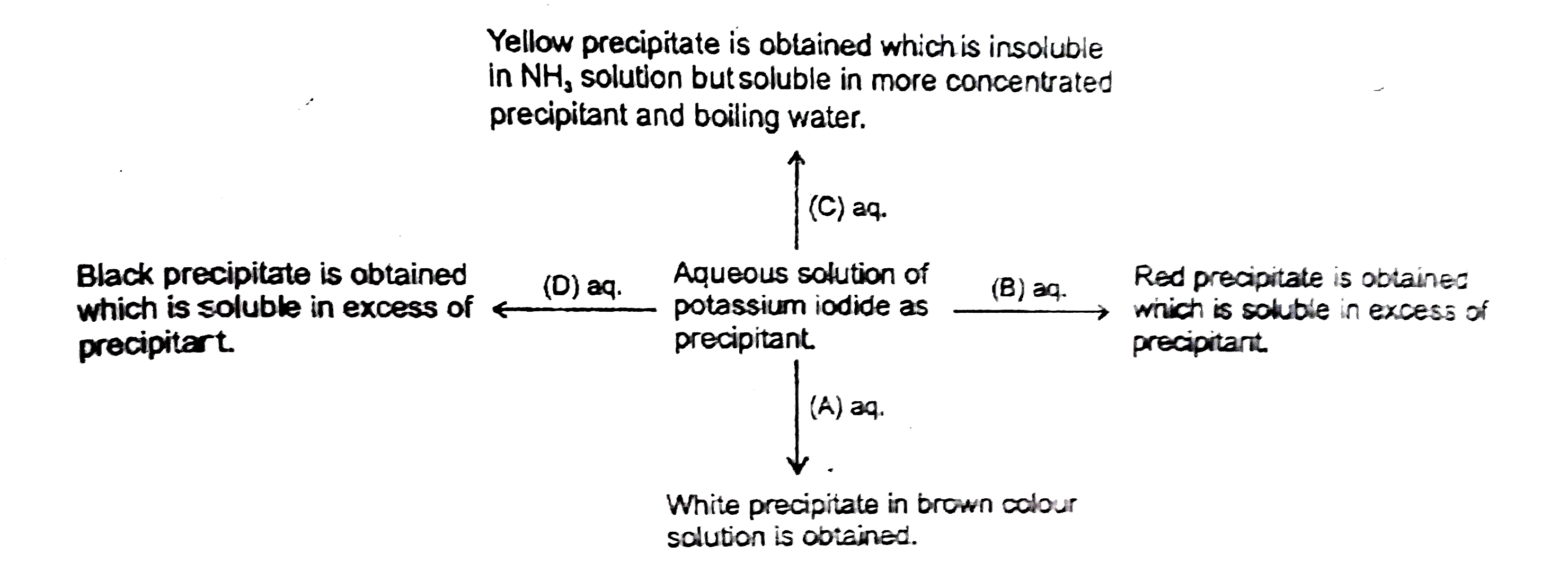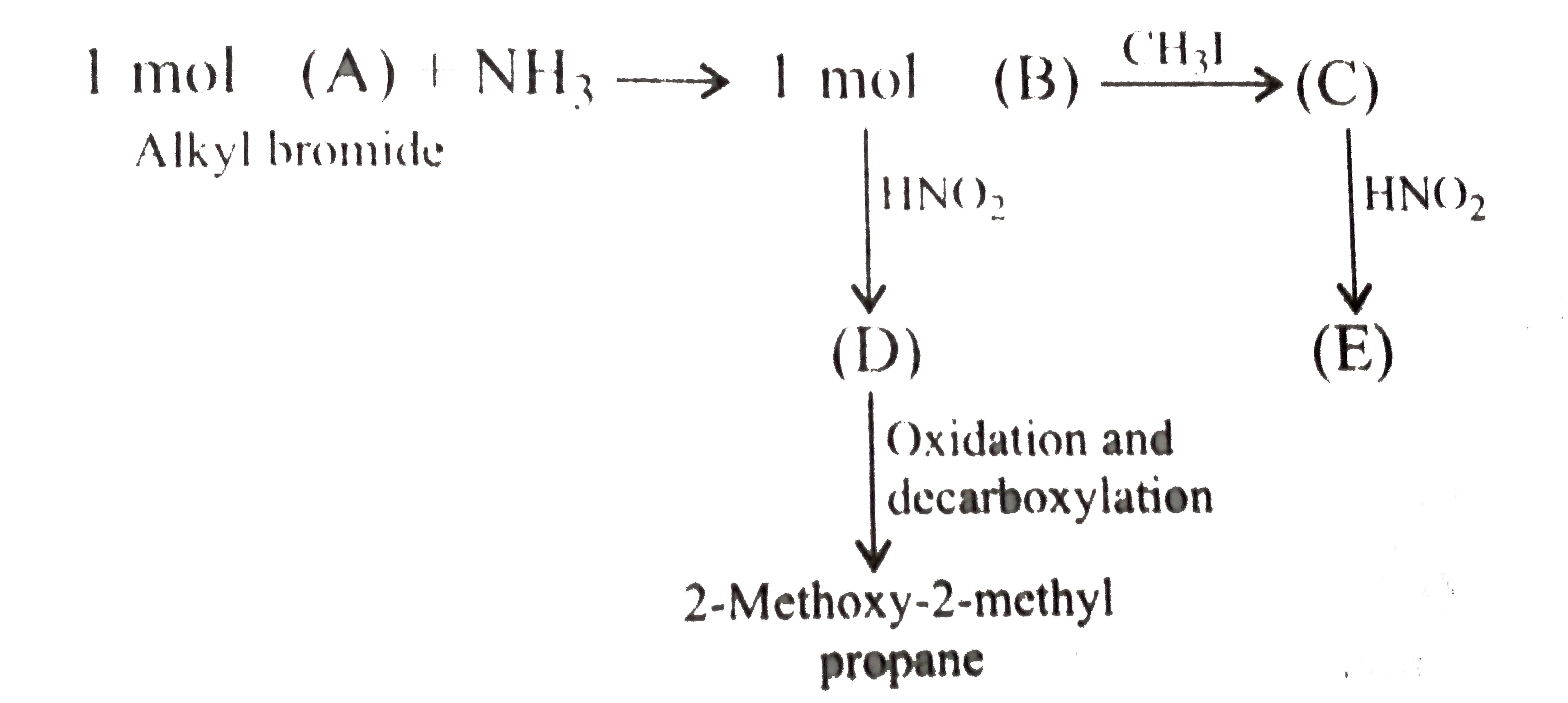 Compound (C) is:
Compound (C) is:
A
CH3−CH∣CH3−CH∣OCH3−CH∣OCH3−CH2NHCH3
B
CH3−OCH3∣C∣CH3−CH2CH2NHCH3
C
CH3−OCH3∣C∣CH3−CH∣NHCH3−CH3
D
CH3−CH∣CH3−CH2−CH∣OCH3−NHCH3
Video Solution
Text Solution
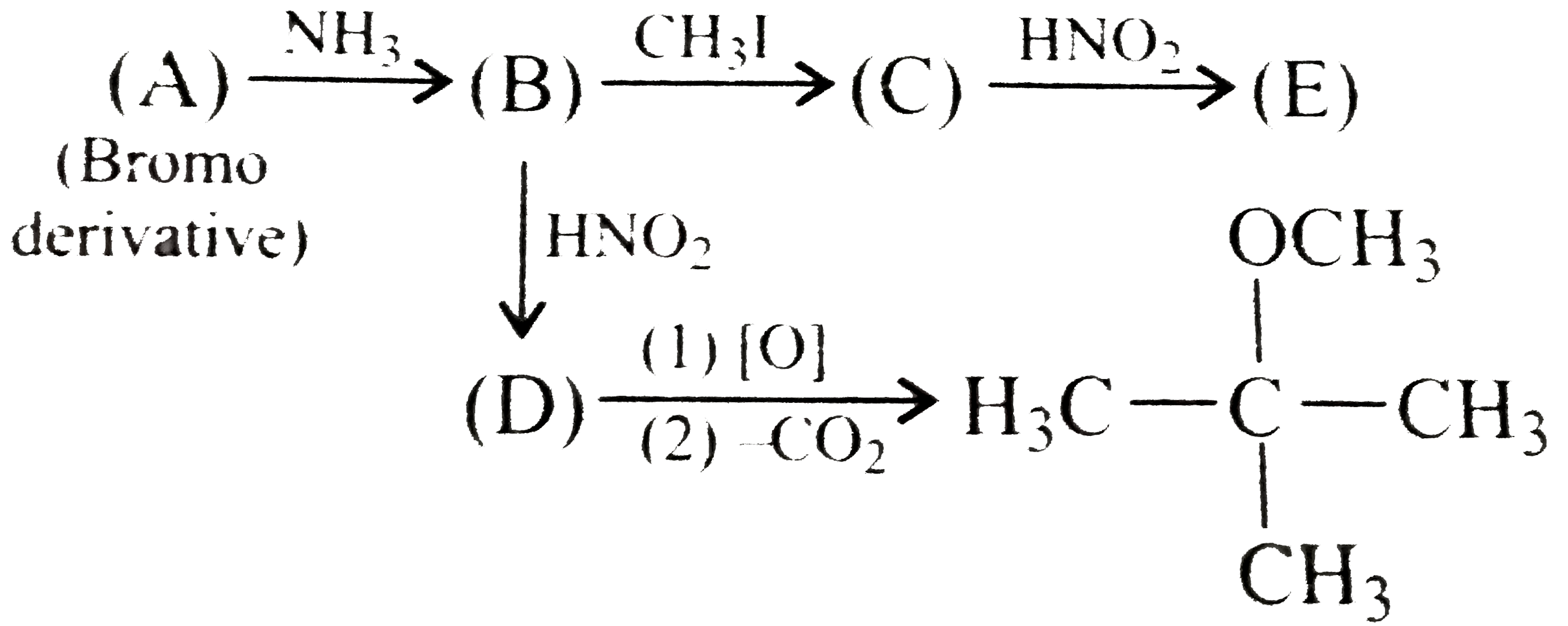
i. 2-Methoxy -2-methyl propane is obtained by the oxidation of (D) followed by decarbozylation and thue (D) is
CH3−OCH3∣C∣CH3−CH2CH2OH
ii. (D) is formed by the action of HNO2 on (B ) thus (B ) is
CH3−OCH3∣C∣CH3−CH2CH2NH2
iii. (B) is formed by the acion of NH3 over (A) , a bromodecivatiove .
(A)⇒CH3−OCH3∣C∣CH3−CH2CH2Br
Reactions : 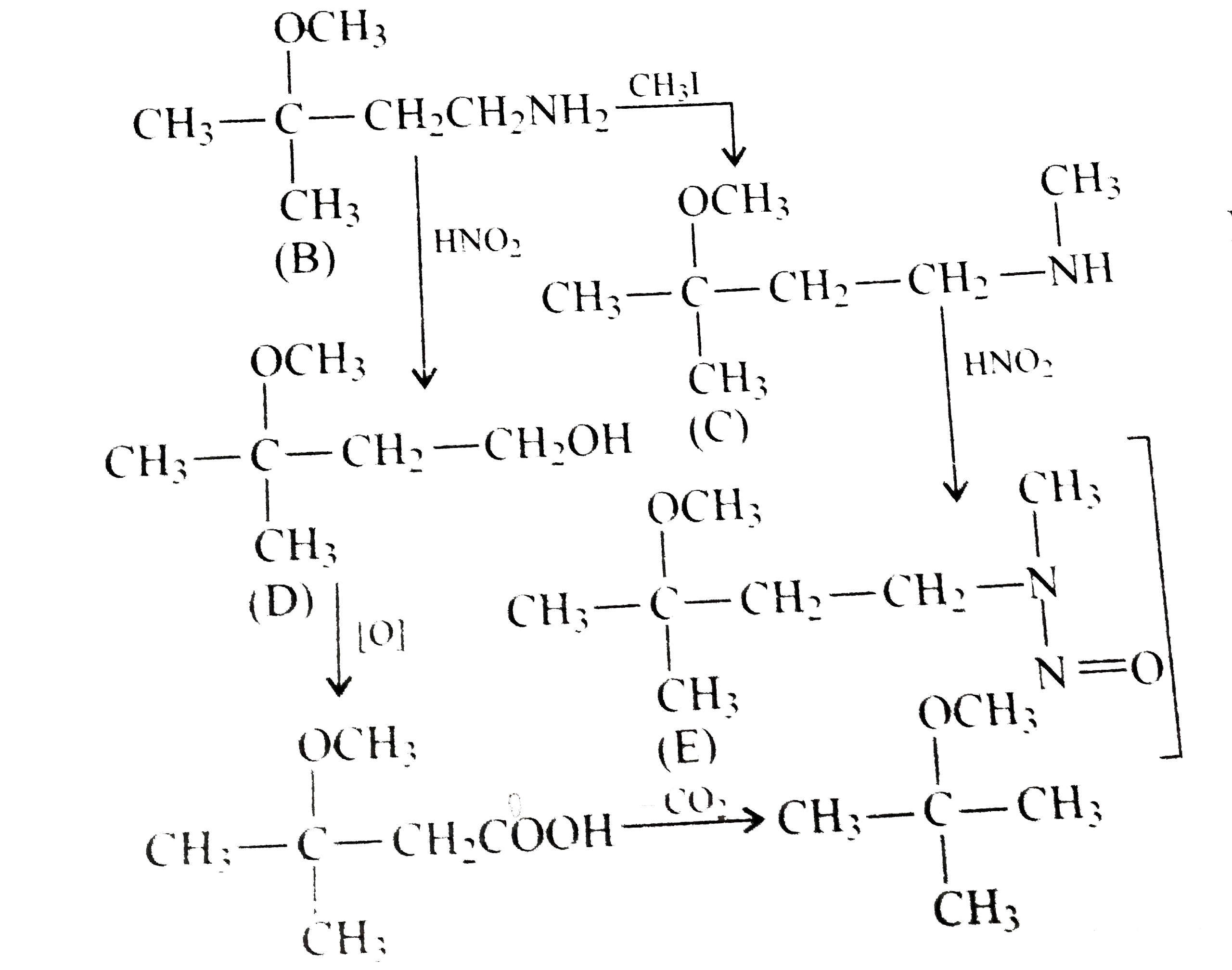 .
.
|
Updated on:21/07/2023
Topper's Solved these Questions
- BOOK - CENGAGE CHEMISTRYCHAPTER - ORGANIC COMPOUNDS WITH FUNCTIONAL GROUPEXERCISE - Exercises Multiple Correct20videos
ORGANIC COMPOUNDS WITH FUNCTIONAL GROUP
- BOOK - CENGAGE CHEMISTRYCHAPTER - ORGANIC COMPOUNDS WITH FUNCTIONAL GROUPEXERCISE - Exercises Single Correct54videos
ORGANIC COMPOUNDS WITH FUNCTIONAL GROUP
- BOOK - CENGAGE CHEMISTRYCHAPTER - ORGANIC COMPOUNDS WITH FUNCTIONAL GROUPEXERCISE - Exercises Concept Application13videos
ORGANIC COMPOUNDS WITH FUNCTIONAL GROUP
- BOOK - CENGAGE CHEMISTRYCHAPTER - NUCLEAR CHEMISTRYEXERCISE - Archives Subjective13videos
NUCLEAR CHEMISTRY
- BOOK - CENGAGE CHEMISTRYCHAPTER - P-BLOCK GROUP 15 ELEMENTS - THE NITROGEN FAMILYEXERCISE - Exercises Archives (Subjective)28videos
P-BLOCK GROUP 15 ELEMENTS - THE NITROGEN FAMILY
Similar Questions
Knowledge Check
- Question 1 - Select One
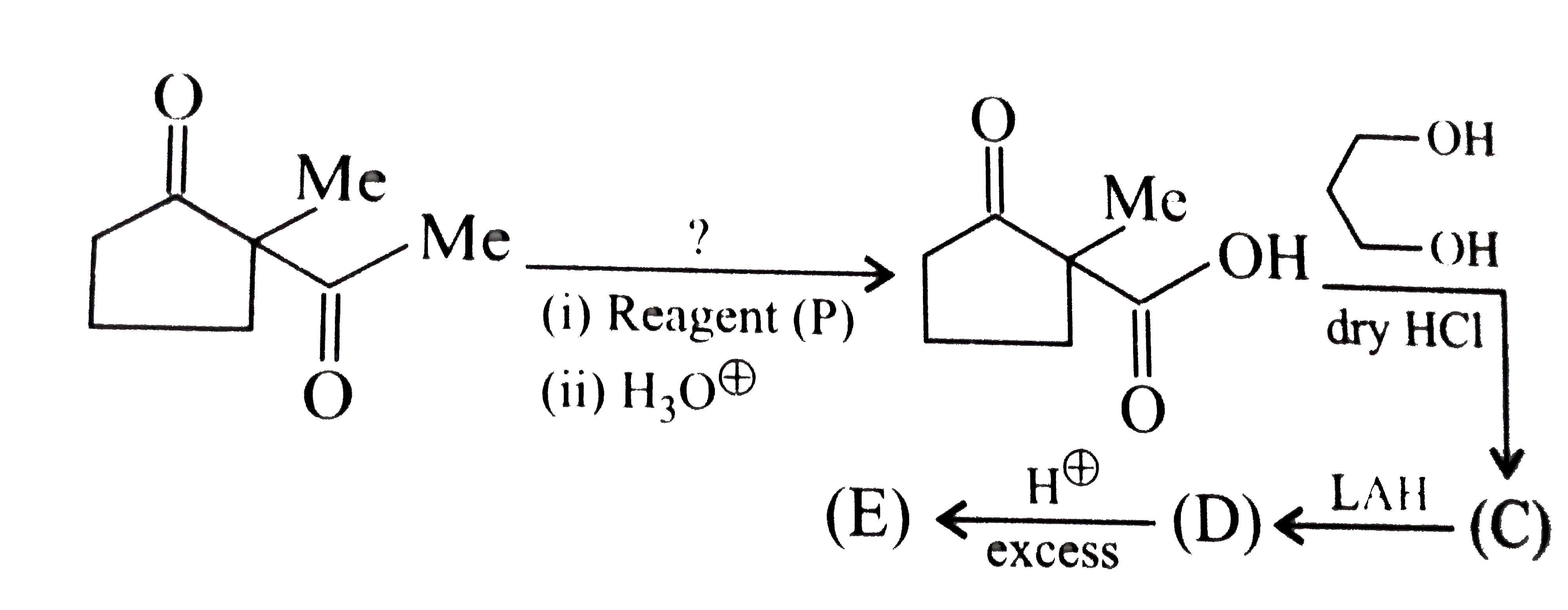
Which of the statement is/are correct about compound (C )?ACompound (C ) is a cyclic ketal with six-membered ring.BCompound (C ) is a cyclic ketal, with five-membered ring.CCyclic ketals are inert to reduction by LAH.DCyclic ketals are hydrolysed in both acidic and basic mediums. - Question 2 - Select One
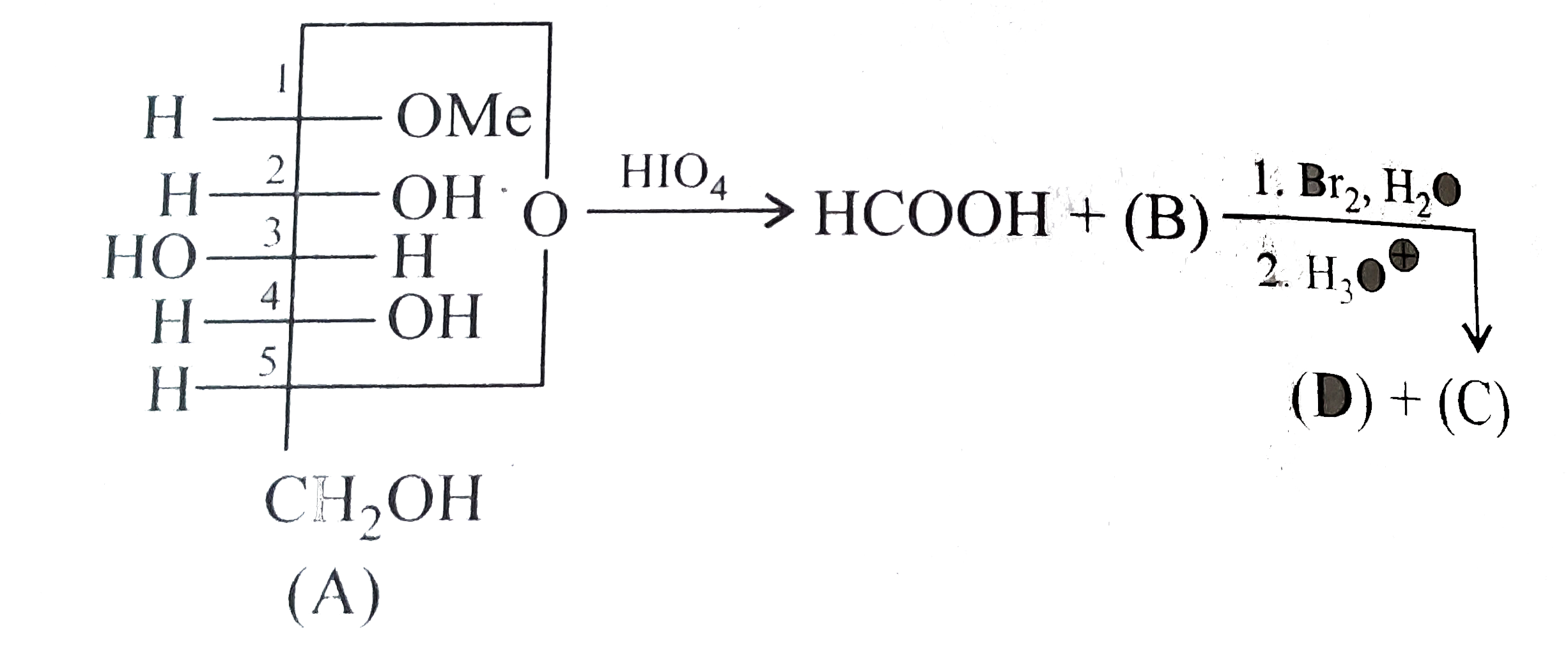
Compound (C) and (D) are:A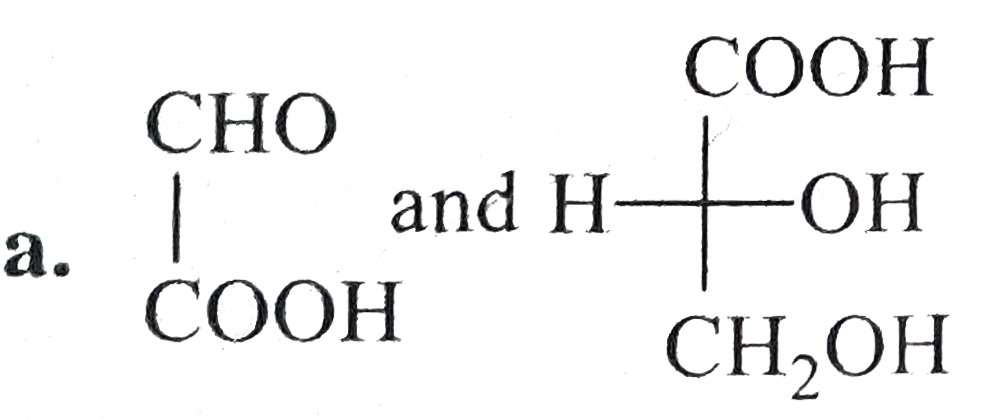 B
B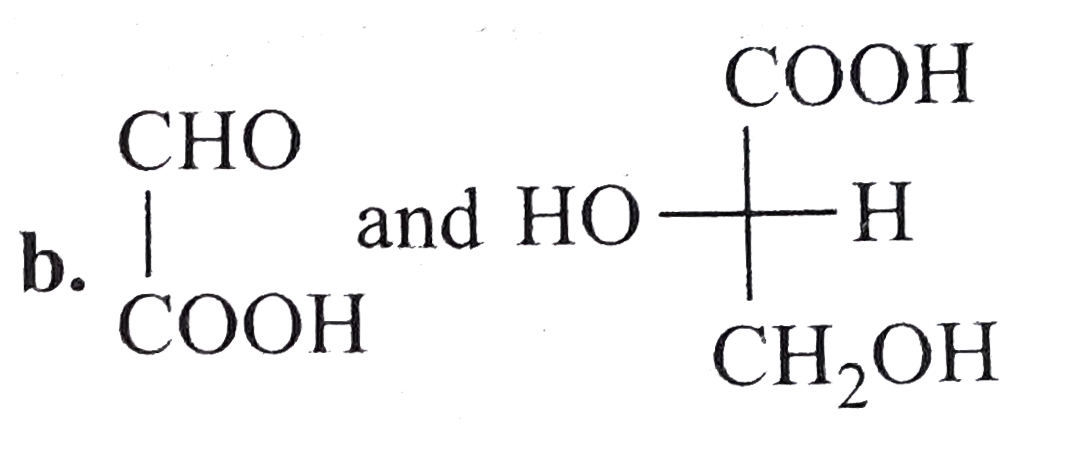 C
C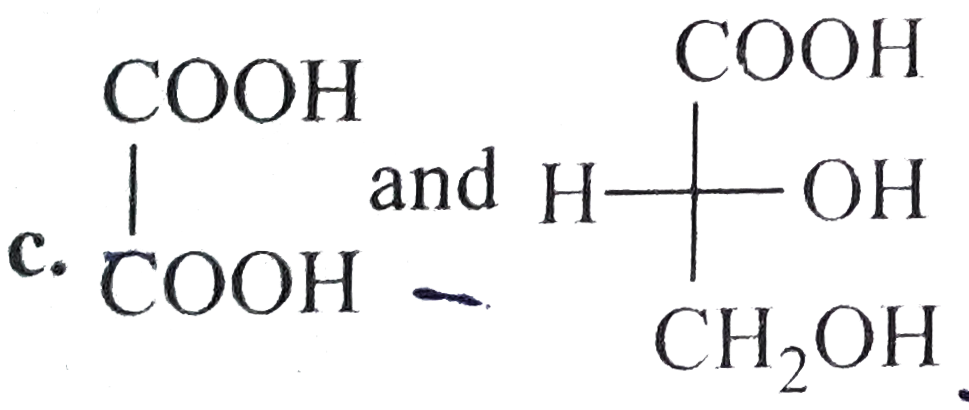 D
D
- Question 3 - Select One
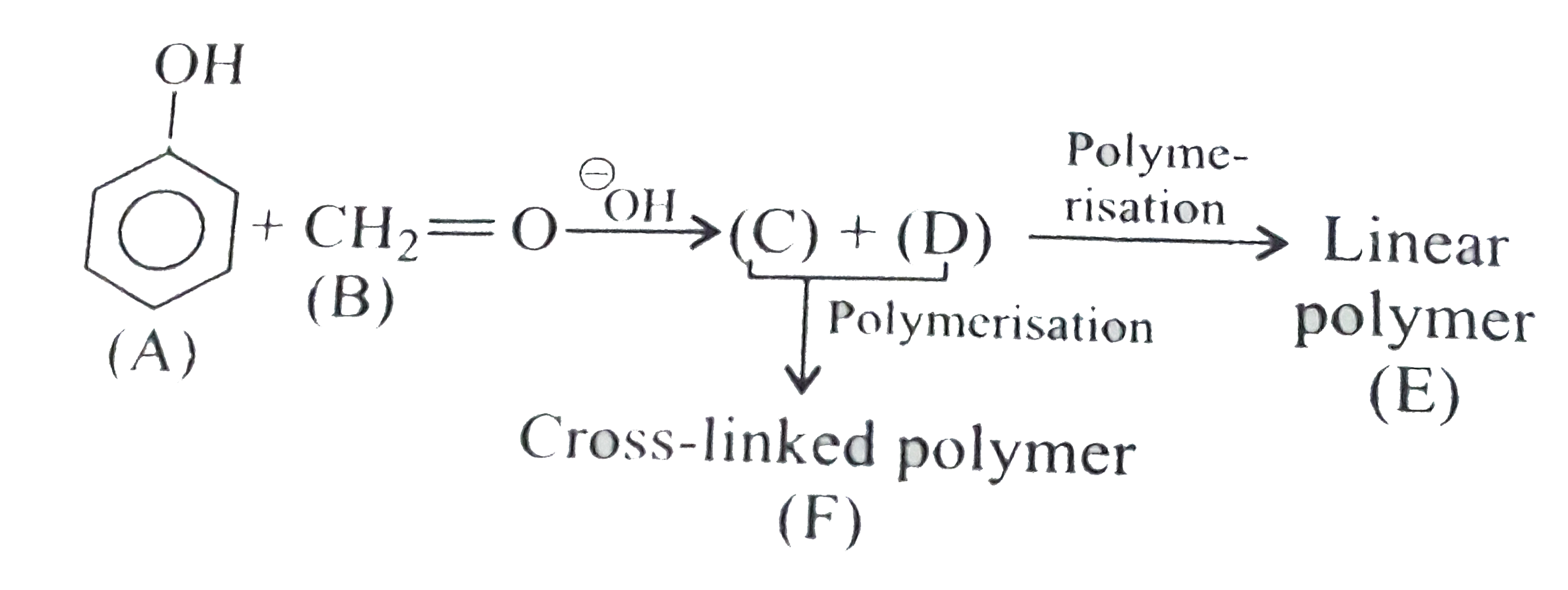
Compound (C ) and(D) are:A B
B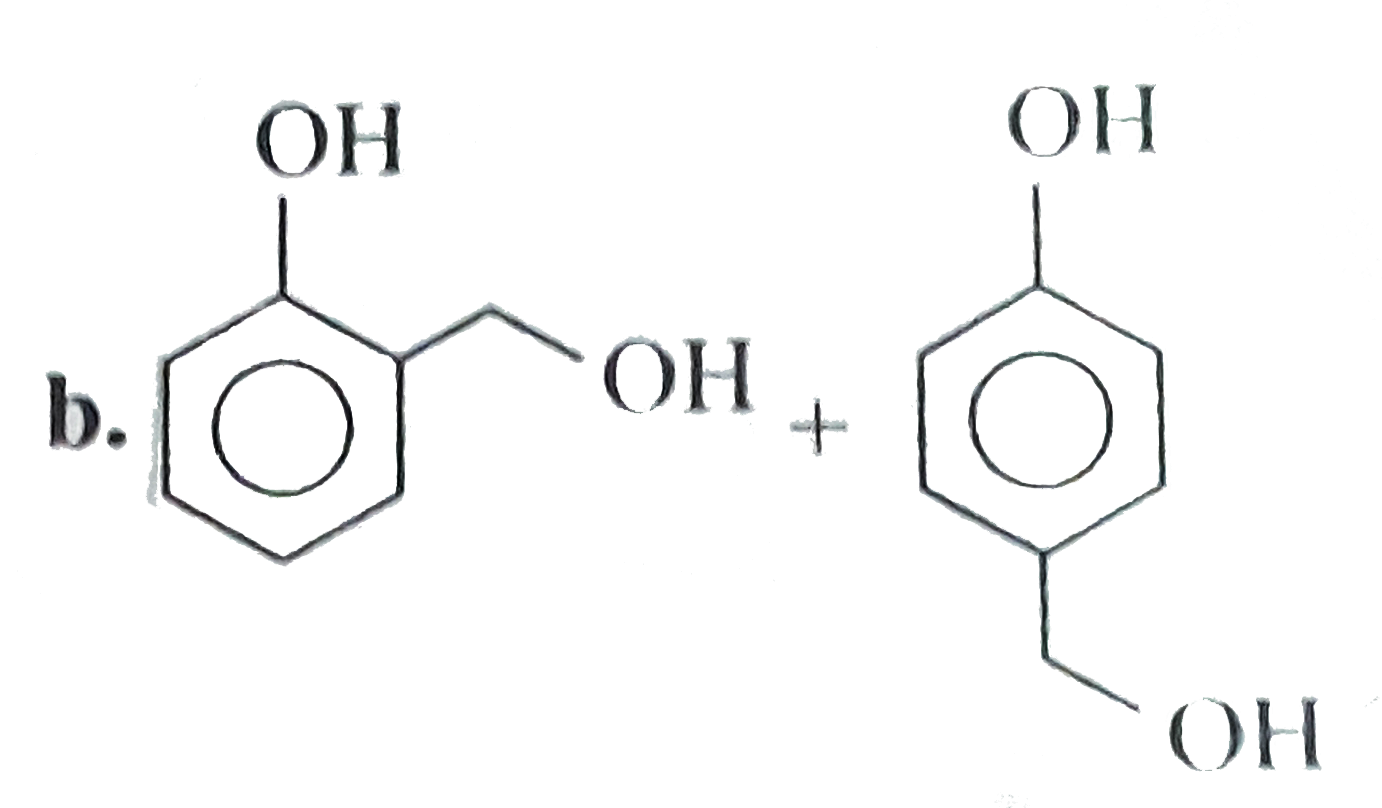 C
C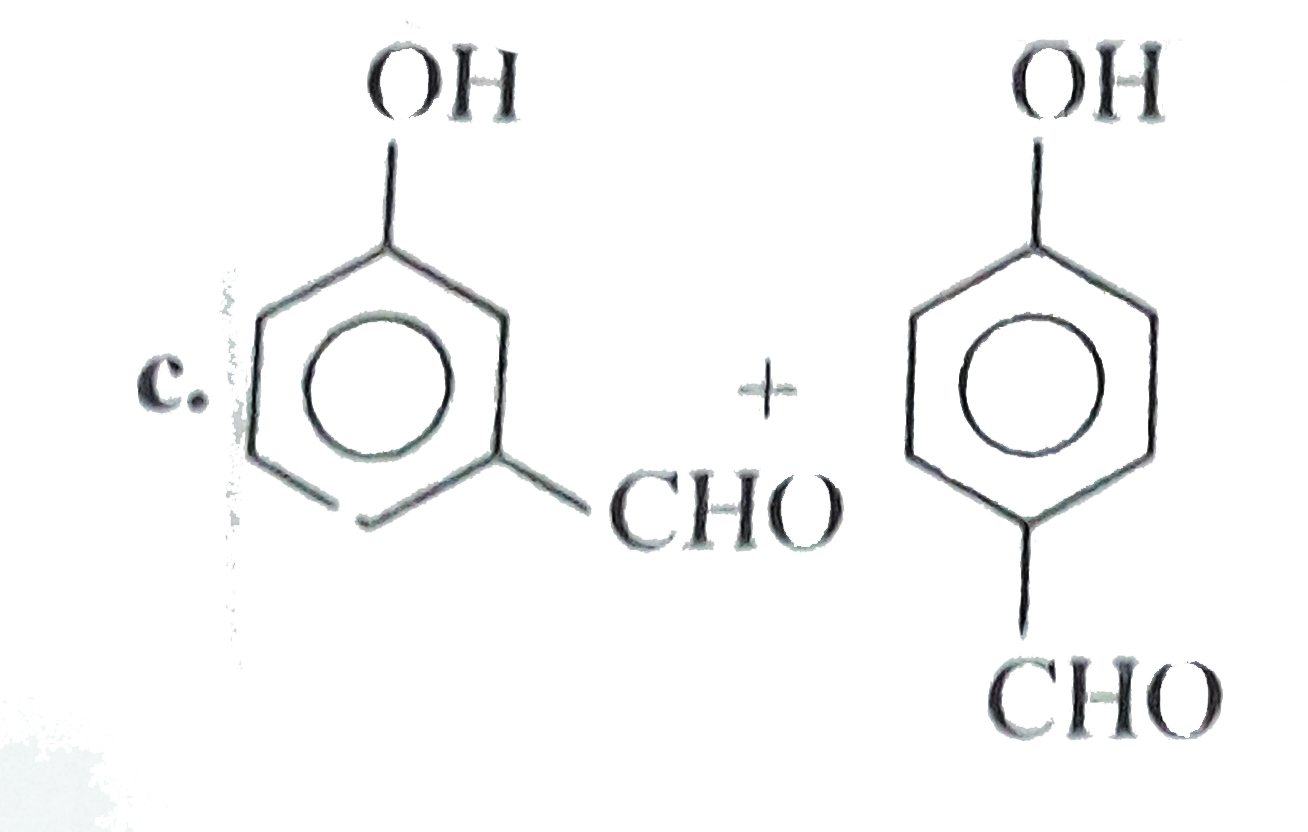 D
D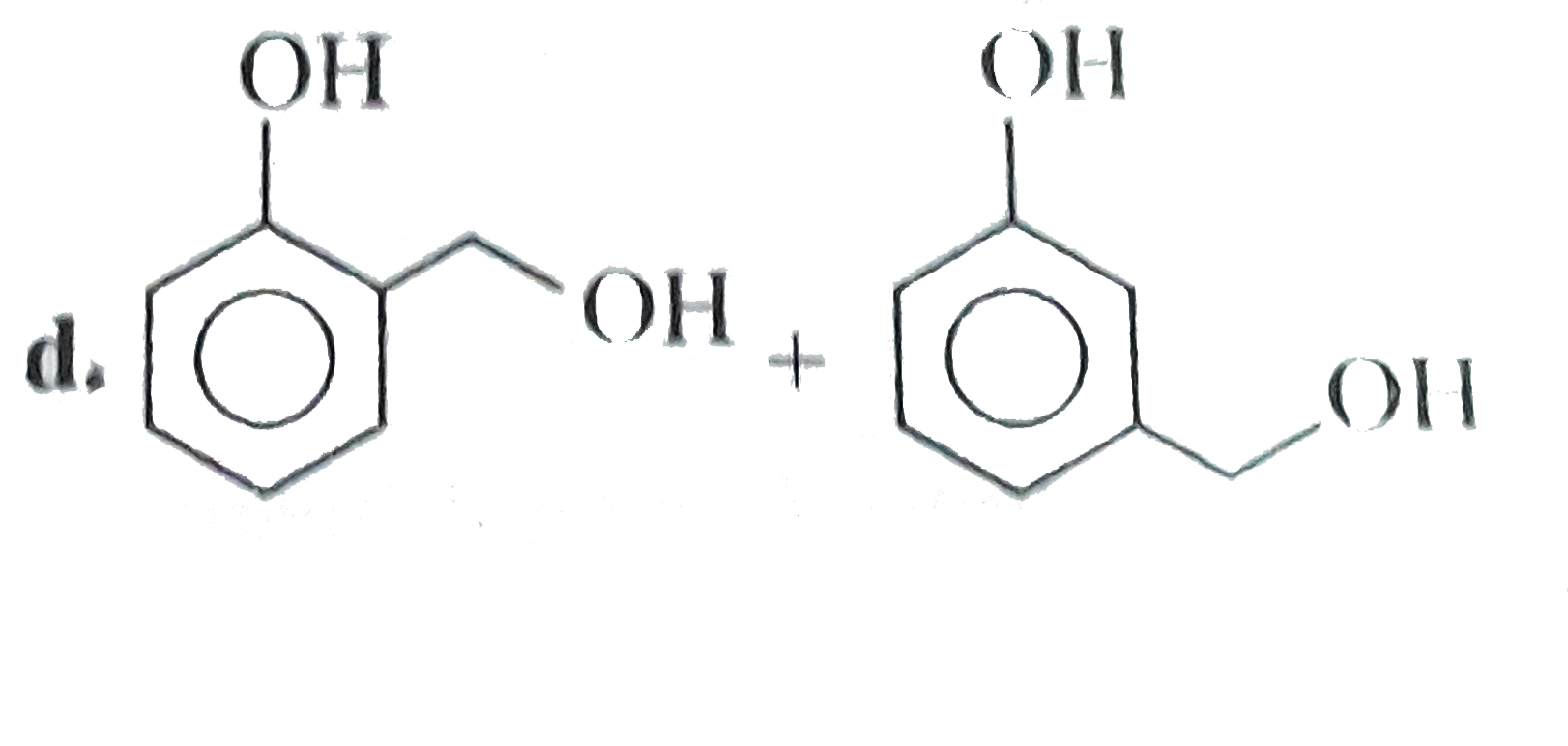
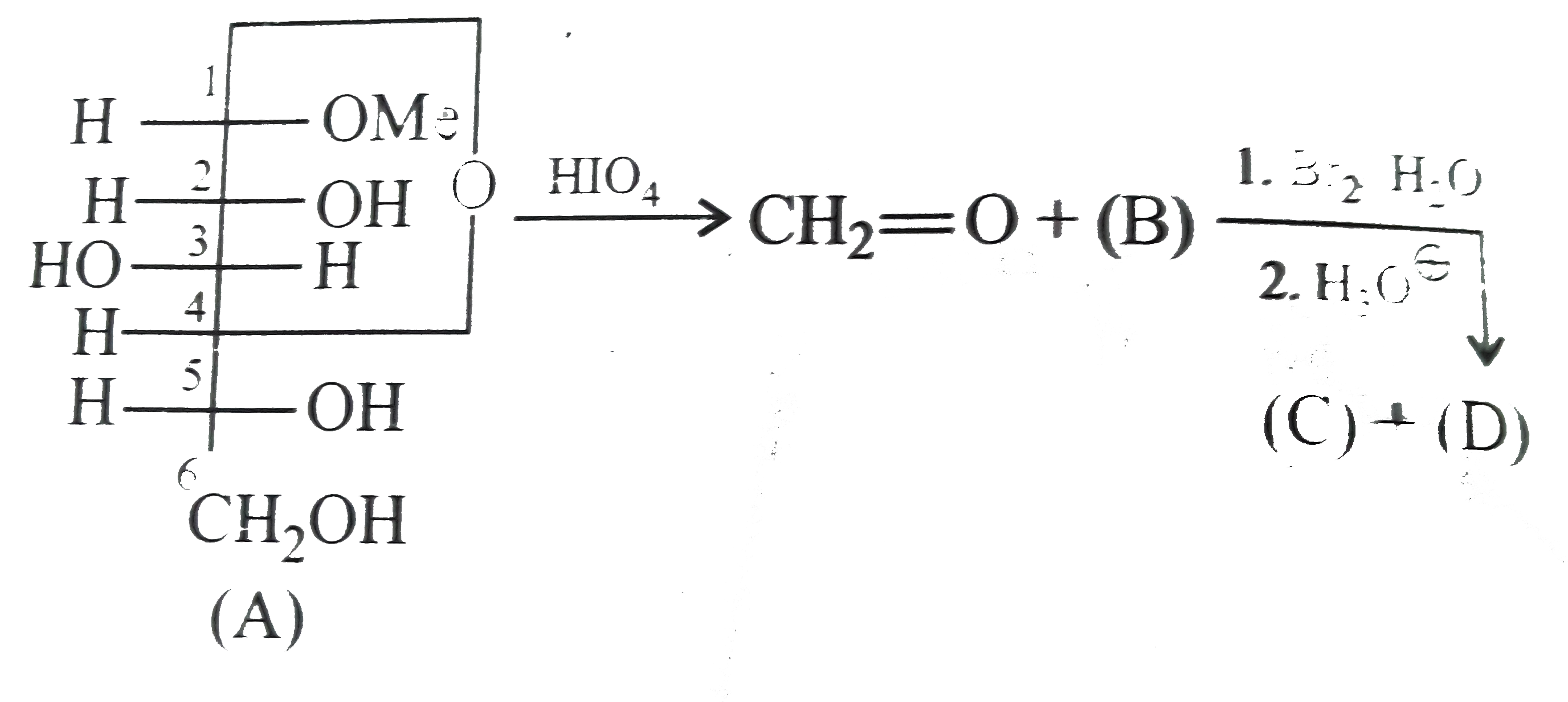
Compound (C) and (D) are:View Solution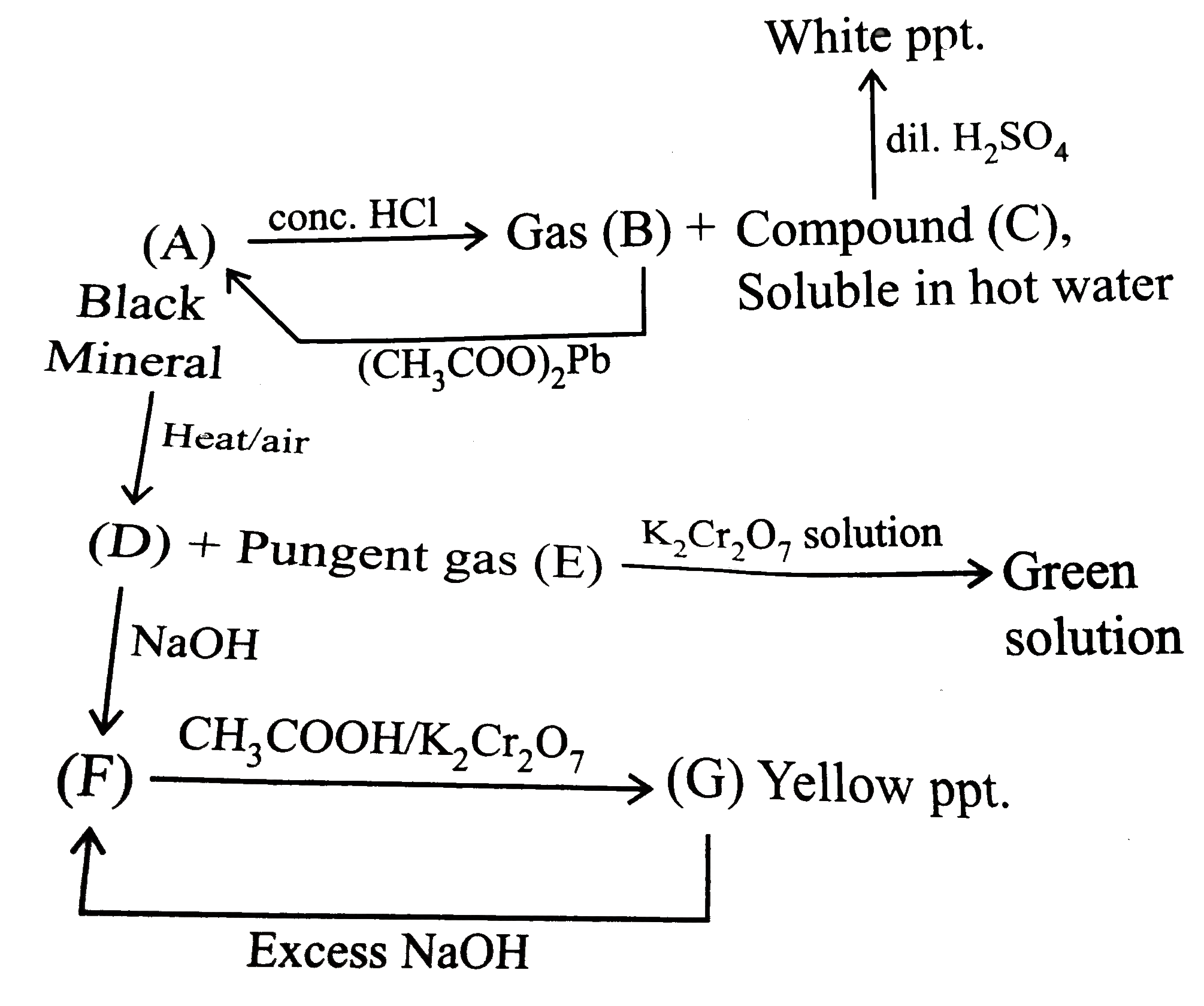
Compound (C ) and (D) rae respectivelyView Solution
Compound (C) in above sequence of reaction is:View Solution
The compound (C ) and the reaction involving the conversion of (B) to (C ) are:View Solution
Compound (C) and (E) are, rescpectively:View Solution


